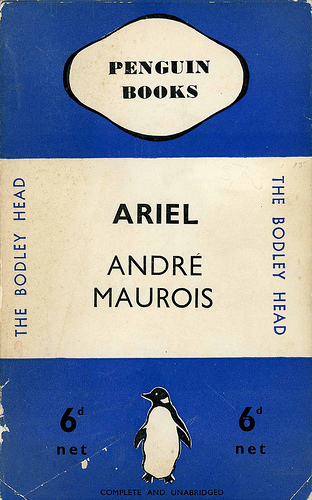Delving further into week one of the London Rare Books School (LRBS), Michelle Milan based in Galway, Ireland recounts her experience:
“The Printed Book in Europe, 1455-2010, organised by Prof. Simon Eliot, was a very informative and stimulating course. I came to LRBS with a view to broadening my understanding of historical and contemporary book production and distribution. My research is situated at the interface of translation history and book history. I’m also currently registered for a part-time Diploma in Irish, here in Galway. Since about 2008-9, the history of translation/translators in nineteenth-century Ireland has been the central and continuing focus of my research interests, and I conducted much archival study, bibliographical work, as well as quantitative print and book surveys.
For various reasons, it is also crucial to both widen and deepen my knowledge of book history. With a few projects and project ideas in the works (including my first, forthcoming monograph), the course, with its wide chronological span, could not have come at a better time. It certainly helped clarify a few points for me as regards the material and social conditions of the production and circulation of texts. The teachers all brought their own experience and knowledge to the course. I had already read some of Simon Eliot’s writings, but to be able to listen to his lectures and ask him questions was a truly memorable experience. He also is a true gentleman.
I could point to several “light bulb moments” (a hidden pun to evoke Prof. Eliot’s stimulating discussions on the history of lighting in its relation to the history of reading), but I’d like to highlight one example. When Prof. Eliot taught us about the history of Penguin Books, he brought with him the first Penguin title, which was published in July 1935 – Ariel: a Shelley Romance, translated from the French of André Maurois (the pen name of Anglophile French writer Emile Herzog). The first ten Penguin books were in fact still published under the Bodley Head imprint. Allen Lane’s Penguin Books became a mega-phenomenon in European book history by selling quality mass-market titles for sixpence apiece. Encouraged by the success of the first ‘Penguin’ series, Allen Lane went on to set up Penguin Books as a separate publishing company. Looking at the book in the classroom, I noticed that the English translation of Maurois’s Ariel was done by someone named Ella D’Arcy. My curiosity was piqued.
As soon as I got back home to Galway, I searched for some information about the translator. Unsurprisingly, Ella D’Arcy (c1857-1937) is not a well-known figure. Nevertheless, I was able to find out that, besides this translation, she wrote several short stories and had in fact another connection with Allen Lane [Williams]. It appears that she was a close friend of John Lane’s, co-founder of The Bodley Head and, indeed, uncle of Allen Lane. Born in London of Irish parents, Ella D’Arcy contributed stories to the Yellow Book, the late-Victorian periodical (run by John Lane), All The Year Round (founded by Charles Dickens) and other key periodicals of the day. Like many of her contemporary turn-of-the-century writers in England, D’Arcy spent a good bit of time in France, a fact which might help us better understand the background behind her translation. Lastly (and not uninterestingly), the first Penguin book (incidentally?) produced a sort of elementary contrast and aesthetic harmony: while the name Ariel evokes an ability to fly and ride ‘On the curled clouds’, our dear, flightless penguin cannot take to air, preferring instead the land and aquatic spaces.”
We would like to thank Michelle for allowing us to gain an insight into LRBS this year, you can join Michelle’s Translation History Facebook by clicking here or follow her on Twitter by clicking here.


